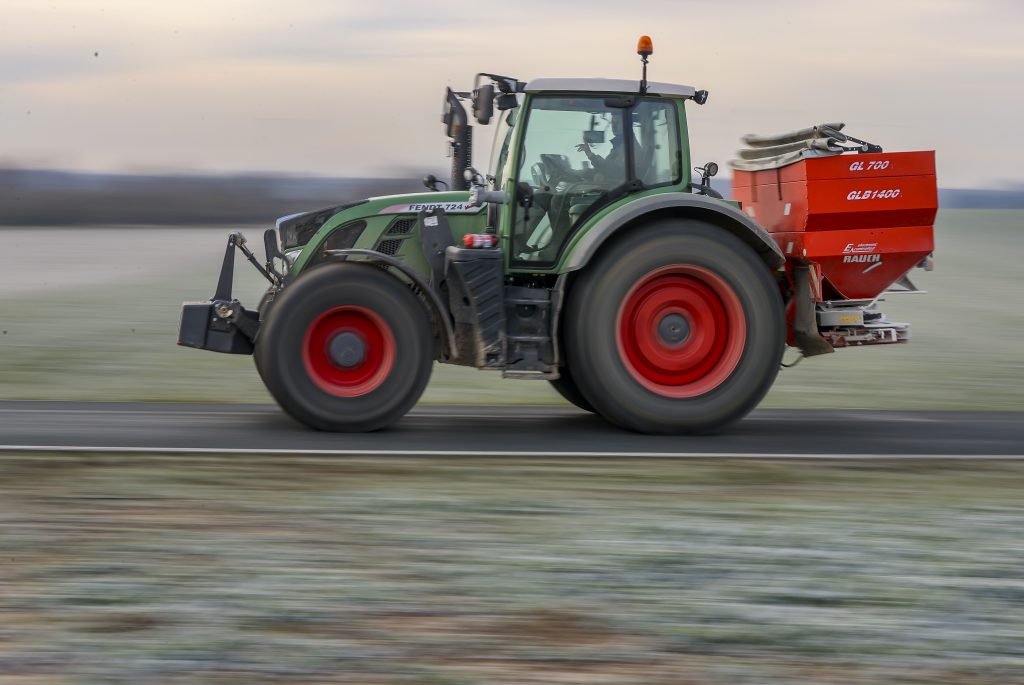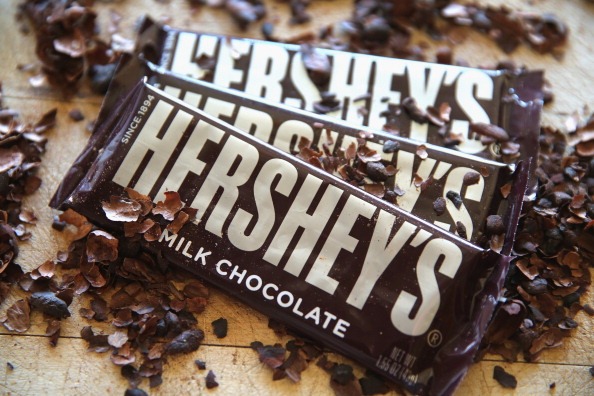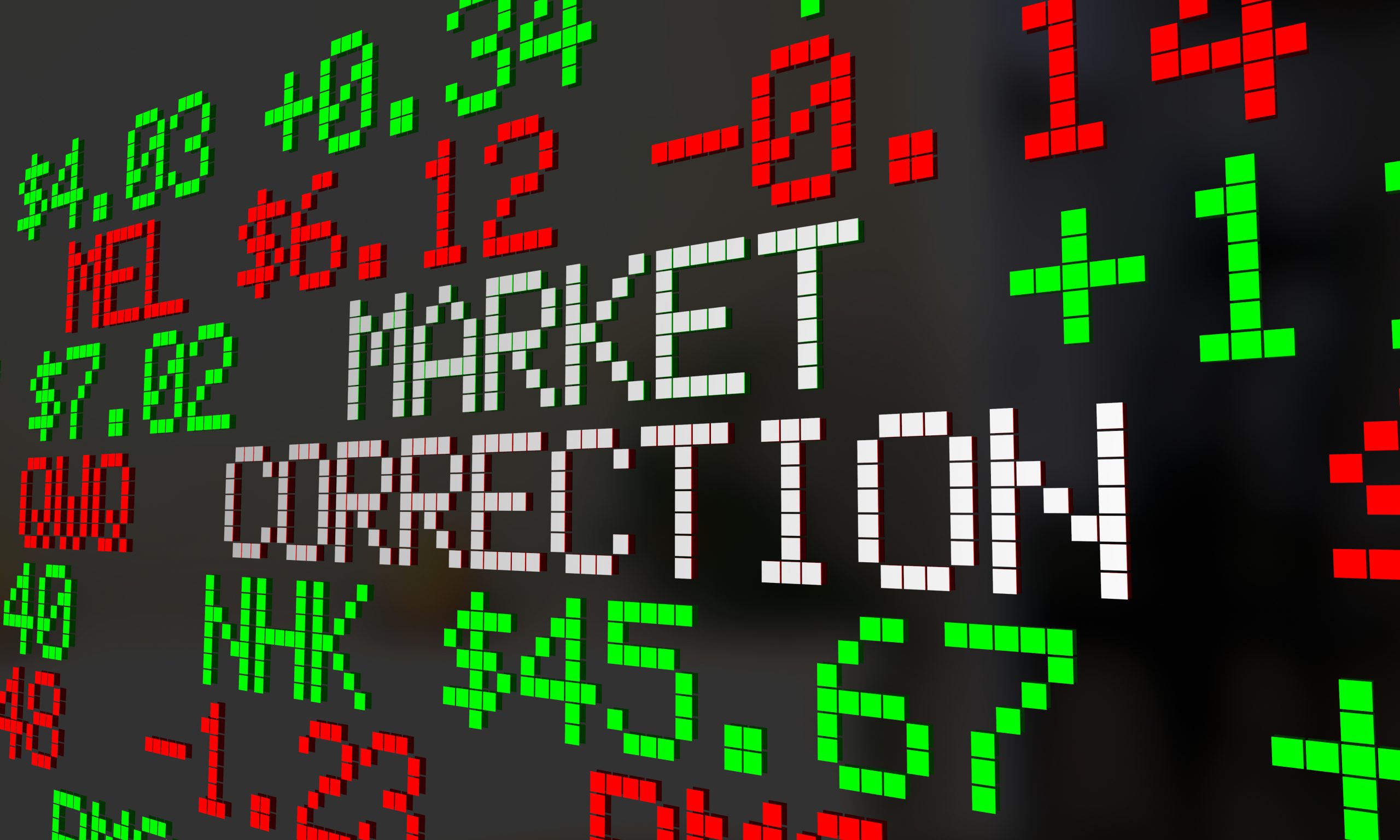Russia Suspends Fertilizer Exports, Agricultural Commodities Skyrocket
Prices across the agricultural sector have skyrocketed as expectations for the summer and fall harvest have been revised downward due to the war in Eastern Europe.

The spike in crude oil prices since Russia expanded its war with Ukraine has been a big focus on Wall Street.
But rising hostilities in Eastern Europe have shaken other markets as well—especially within the agricultural sector. For example, wheat prices are now trading at roughly 14-year highs, while the jump in fertilizer prices has been equally dramatic.
Some of the most important global fertilizing commodities are ammonia, potash and urea. A ton of potash now costs roughly $800, which is more than double the level observed last year.
Wheat and fertilizer are especially sensitive to an expanded military conflict in Eastern Europe because that region is responsible for a statistically significant percentage of the global export production in those markets.
Russia, for example, is a key player in the international fertilizer industry. Estimates suggest that Russia is responsible for roughly 23% of global ammonia production, 14% of global urea production and 21% of global potash production.
At this time, the war isn’t being contested on Russian soil, which means fertilizer production in that country won’t likely be interrupted. However, the global fertilizer supplies are expected to drop significantly in 2022 because the Russian government has instructed domestic producers to limit exports for the foreseeable future.
This action was taken as a direct response to western sanctions levied against the country—sanctions Russia views as tantamount to a “declaration of war.”
Global fertilizer supplies were already in short supply as a result of the COVID-19 pandemic. And the suspension of Russian fertilizer exports is now expected to push a thin market toward an even more dangerous extreme.
The CEO of a major fertilizer producer, CF Industries Holdings (CF), recently commented on current market conditions saying inventories are now “as low as we’ve ever seen.”
As illustrated in a tweet from Farm Policy, inflation in fertilizer prices is consequently expected to be the most severe of any farm input during the coming year.
#fertilizer, @USDA_ERS webinar pic.twitter.com/EogJ6tEKpP
— Farm Policy (@FarmPolicy) February 4, 2022
Regarding the global wheat market, Ukraine is one of the world’s top 10 producers. And with war currently ravaging the country, there’s no doubt that the upcoming planting season will be disrupted.
Russia is also a top 10 producer of wheat, but as of now, exports of Russian wheat aren’t expected to be limited or suspended. Wheat producers in some of the world’s other big growing markets are expected to benefit greatly, including in the United States.
The reduced use of fertilizer typically translates to lower crop yields, which means that the upcoming harvest in the summer and fall in 2022 will likely be far less bountiful than in previous years. That’s likely why many agricultural commodities have been rallying on the news that Russia will be limiting fertilizer exports.
Corn and soybean prices are also trading near record highs, although they haven’t yet hit the extremes observed in the wheat market—likely because Ukraine isn’t a key producer of those two commodities.
Unfortunately, the tightening market means that rising prices will undoubtedly be passed along to consumers, as well. That means some of the world’s most underserved communities will feel the continuing bite of global food inflation in 2022.
Investors and traders seeking to track and trade the fertilizer sector can add the following symbols to their watchlists: Bunge Limited (BG), CF Industries Holdings (CF), Compass Minerals International (CMP), Intrepid Potash (IPI), LSB Industries (LXU), Mosaic Company (MOS), Nutrien Ltd. (NTR) and The Scotts Miracle-Gro Company (SMG).
To learn more about the current dynamic in the wheat market, readers are encouraged to watch this new installment of Market Measures on the tastytrade financial network.
To track everything moving the markets, readers can also tune into TASTYTRADE LIVE weekdays from 7 a.m. to 4 p.m. Central Time at their convenience.
Get Luckbox! Subscribe to receive 10-issues of Luckbox in print! See SUBSCRIBE or UPGRADE TO PRINT (upper right) for more info or visit getluckbox.com.
Sage Anderson is a pseudonym. He’s an experienced trader of equity derivatives and has managed volatility-based portfolios as a former prop trading firm employee. He’s not an employee of Luckbox, tastytrade or any affiliated companies. Readers can direct questions about this blog or other trading-related subjects, to support@luckboxmagazine.com.



















